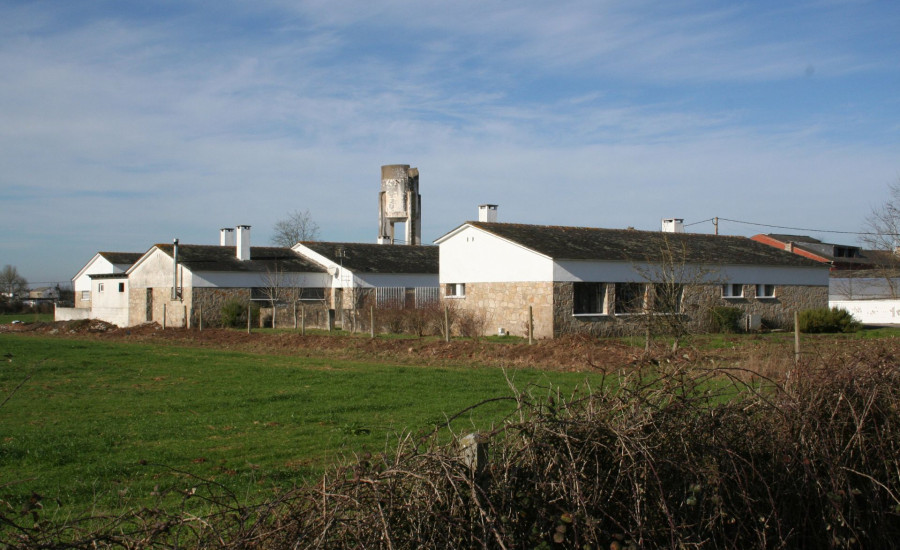HISTAGRA researcher studies the colonisation villages of Lugo

HISTAGRA researcher studies the colonisation villages of Lugo
HISTAGRA researcher Ana Cabana Iglesia, through the University of Santiago, has signed a research agreement with the Castro de Rei Town Council to carry out research and promote the colonisation villages in the province that belong to the town council.
The project is entitled ‘COMPREHENSIVE STUDY AND PROMOTION OF THE COLONISATION EXPERIENCE OF THE TERRA CHA IN THE TOWN COUNCIL OF CASTRO DE REI (LUGO)’ PHASE I, and will involve the following tasks:
Recovery of people's memories of colonisation through interviews
Digitisation of documentation on colonisation
Production of an artistic photographic report
Itinerary allowing visitors to revisit the most emblematic and unique sites of colonisation in the municipality of Castro de Rei
Creation of educational materials
The National Institute of Colonisation planned several settlements in the Terra Chá region of Lugo to boost agricultural production in the area. One of the most notable was Matodoso, which was designed as a perfectly defined and consolidated community centre with a church, school, shops, bus stop and cooperative centre, while the houses were distributed over a large area, linked to large rural properties. The rationality of the proposal, lucidly identified with the reality of agricultural exploitation in that area of Galicia, is complemented by the modern forms of each of the buildings, both the facilities and the houses themselves and their spaces for the settlers and livestock.
Following this first contribution to the phenomenon of colonisation, a second agreement is planned to complete the aforementioned works.